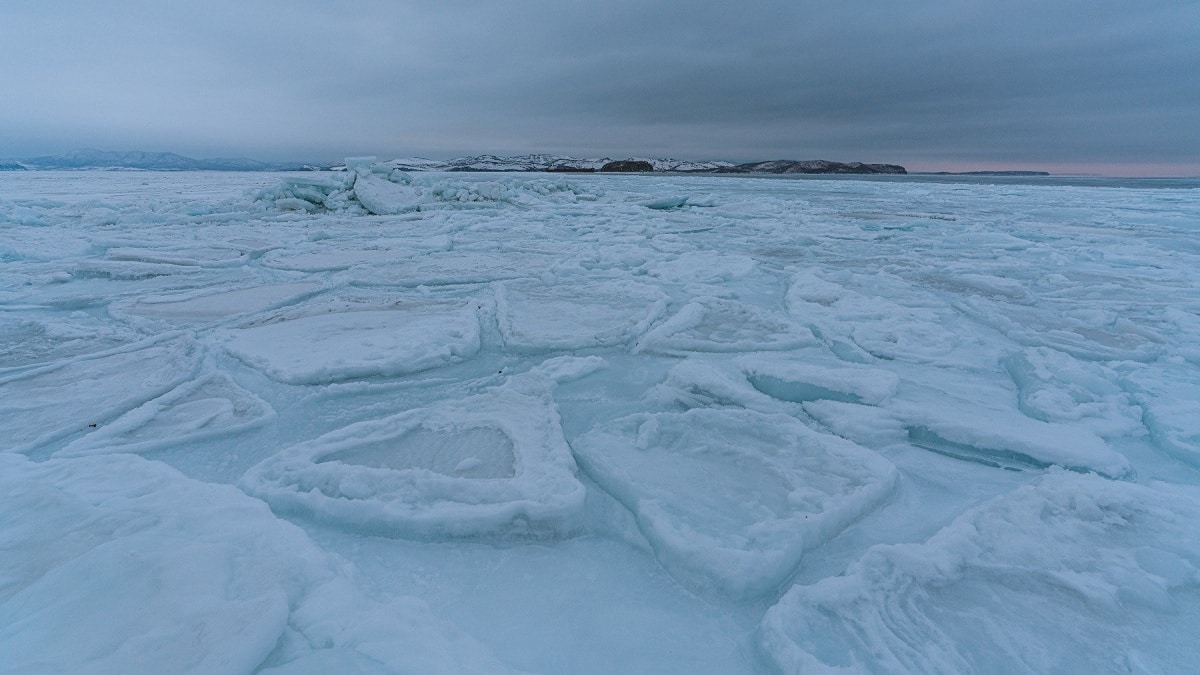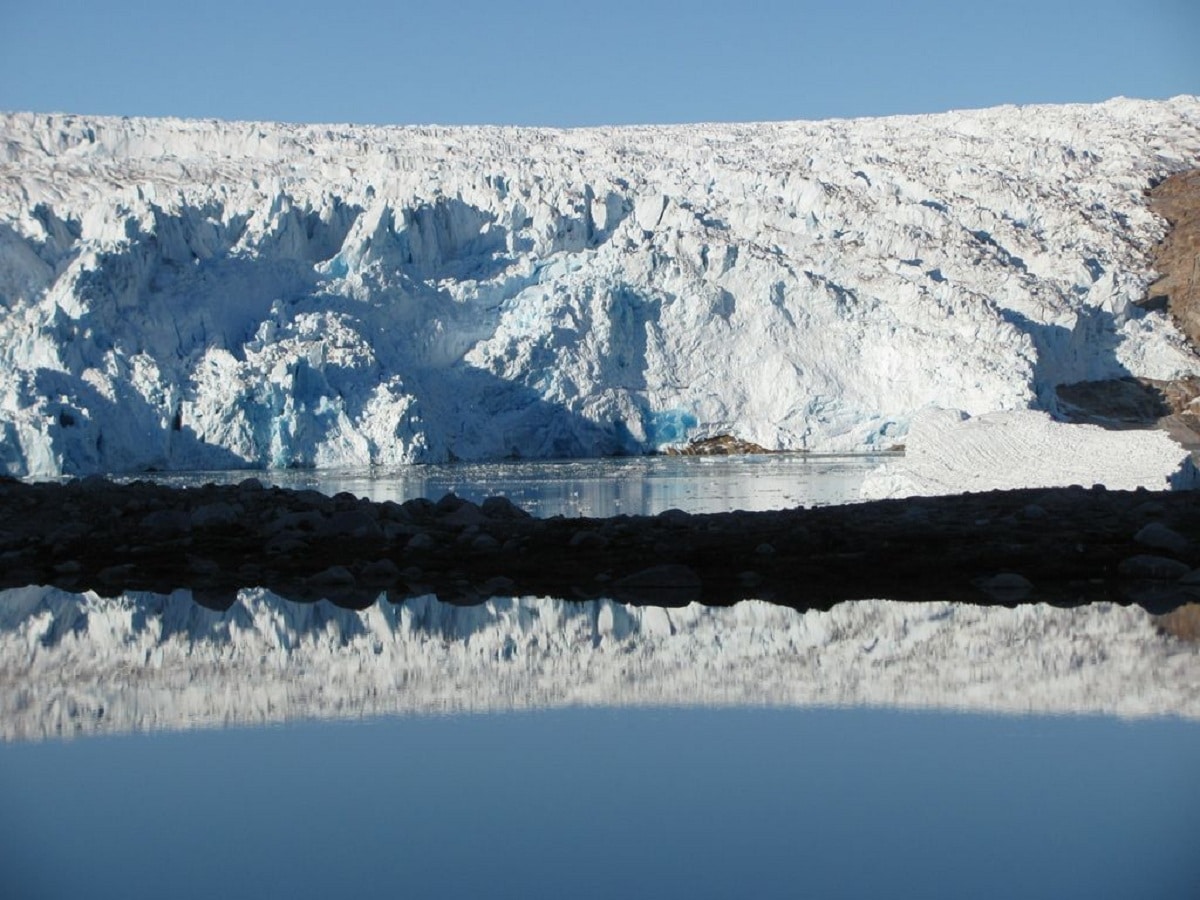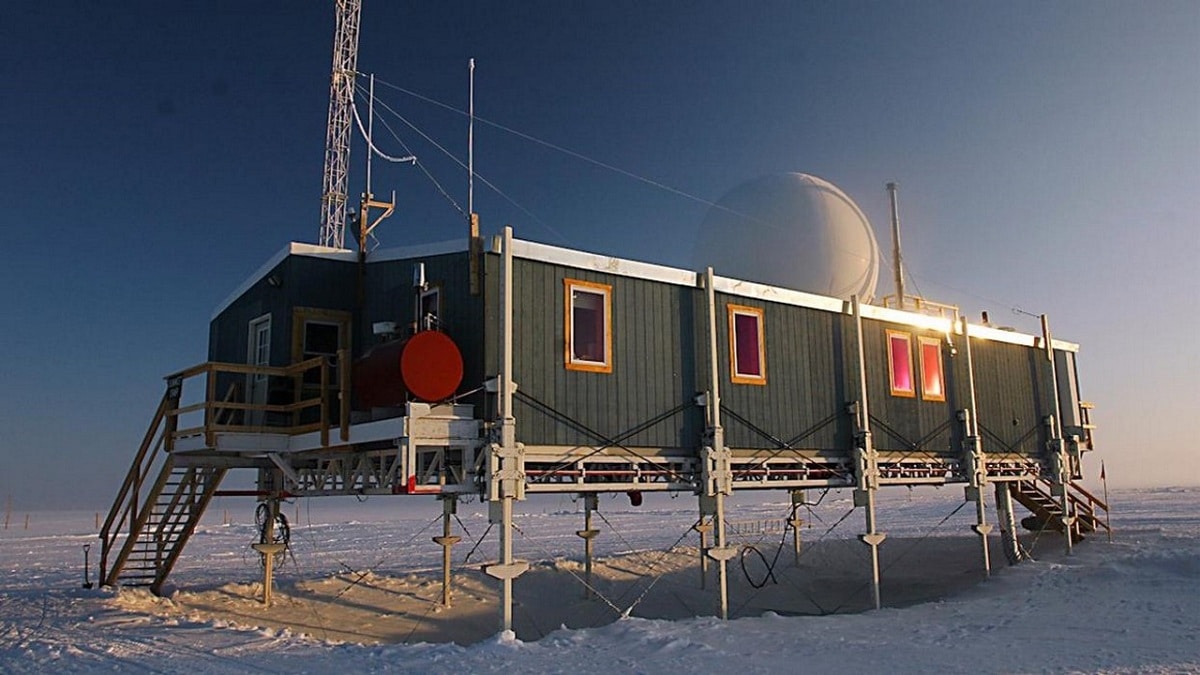
As we have already listed on numerous occasions, climate change is causing global temperatures to rise that are much more affected in the area of the poles. Every year the average temperatures are higher and are causing serious damage to those ecosystems that are most vulnerable. In Greenland it is the first time that something like this has been recorded. And it is that last August 14 it started to rain at the highest point of the ice sheet. This is because the air temperature was able to stay above freezing for nine hours.
In this article we are going to tell you why this event has occurred and what its possible consequences are.
It rains in Greenland

The increase in the average temperatures of the entire planet causes serious damage in those places that are most sensitive to changes in temperature. For instance, the area of the poles is usually quite vulnerable to changes in temperature. As we have seen on numerous occasions, the Arctic Ocean is running out of ice. This seriously affects the fauna that needs ice to survive since it is its ecosystem. Furthermore, we know that there is a balance in the food web by which animals can survive.
Due to rising temperatures this equilibrium is breaking down. It is the first time that something like this has been recorded since temperatures have been recorded. And is that On August 14, it began to rain at the highest point of the Greenland ice sheet. This was caused by the air temperature being able to stay above freezing for nine hours. This makes it the third time in less than a decade that this has happened.
With temperatures below zero and more than 3.200 meters of altitude, the conditions at the summit of Greenland They do not usually lead to precipitation in the form of water but of snow. Therefore, this fact is crucial.
Dice about the event

According to data from the US National Ice and Snow Data Center (NSIDC), the extent of melting of the ice sheet peaked on August 14 at 872.000 square kilometers. The next day after this event, the ice sheet had already lost an area 7 times higher than the average that occurs in mid-August. Only the years 2012 and 2021 have registered more than one thaw event of 800.000 square kilometers.
The scientific community is studying extensively to see what the possible consequences are. According to the scientific community, this is not a good sign for the ice sheet. Water on ice makes the layer more likely to melt. Not only for being warmer and when temperature, but the water absorbs more sunlight to be darker. To understand this we have to know the concept of albedo. Albedo is the amount of solar radiation that is reflected from the sun on surfaces. The lighter the color of the surface is, the more solar radiation it will reflect. In this case, the ice is totally white so it has the highest albedo index. By having water on top and it is darker than ice, it absorbs more sunlight, which, in turn, also increases melting.
Total precipitation on the ice sheet was 7 billion tons. Other scientists who also work in the area by sharing images about the situation of the melting in the Greenland ice sheet and it is quite worrying.
Irreversible changes

The latest IPCC (United Nations Panel of Experts on Climate Change) report issued on August 9 has warned of changes in the climate and the climate system, which have already begun and will be irreversible for hundreds or thousands of years. One of them is the Greenland thaw. As determined by the agency, continued ice loss in the XNUMXst century is almost certain and, as other studies have confirmed, is faster than expected.
According to climate science, the trigger is emissions caused by human activities, and the complete and substantial reduction of emissions is the main requirement, so that the climate stabilizes and there are no other more serious conditions.
In Greenland, 60% of sea level rise is due to melting ice. If the ice loss trend continues at the current rate, By 2100, 400 million people will be at risk of coastal flooding each year.
As you can see, climate change is already doing serious damage to the entire planet. This is just the beginning as it will be very difficult to reverse the changes. I hope that with this information you can learn more about the rain in Greenland.